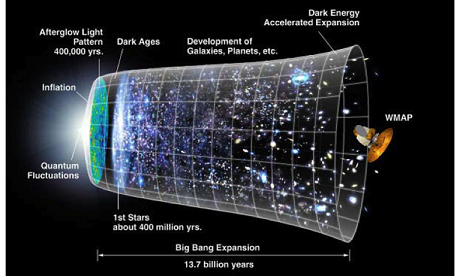Vatican astrophysicists are offering a new way to study gravity after the Big Bang that gave birth to our universe.
Published in the prestigious Physical Review D journal, Fr Gabriele Gionti SJ and Fr Matteo Galaverni’s theory suggests an alternative explanation about the way gravity might have behaved as the cosmos expanded rapidly at its inception.
Einstein’s theory of relativity
Gionti and Galaverni’s research proposes an alternative to the Jordans-Brans-Dicke theory of gravitation.
That theory solves difficulties with Albert Einstein’s general theory of relativity in describing gravity after the Big Bang. It has its own inconsistencies, however.
Einstein’s theory works well in explaining the way matter behaves on a large scale. It clashes, however, with the way quantum physics describes the gravity among the smallest observable particles.
For years, Gionti has attempted to reconcile the two.
Galaverni describes the work he and Gionti have been doing as “a tassel within this search that the scientific community has been conducting for many years on quantum gravity, meaning that gravity is capable of affecting (matter) even at a very, very small scale.”
Explaining their work further, Gionti says: “We realised that within limits, when the gravitational constant is very high, it’s possible for the speed of light to go to zero, meaning that nothing propagates because gravity is too high.
“This might be a way to explain what happened after the Big Bang.”
Explaining what this means in lay terms, Gionti draws comparisons.
“It’s like being in a theatre, and until now we have seen the musicians and the orchestra with our eyes. Now with gravitational waves we can also hear the music.”
The work he and Galaverni have produced “is revolutionising and will revolutionise the next decades of astronomy,” he adds.
There is still much to do, however.
Gionti points out the new “research is based on a very speculative and theoretical mathematical approach,” which will have to be tested in its physical and observable consequences.
Source
